Support, Inclusion, and Facts: Standing with Autistic Children and Families Amid Rising Misinformation
In today’s fast-changing information landscape, autistic children and their families deserve clear facts, inclusive support, and respect. While misinformation about autism continues to spread, local organizations are working together to ensure families have access to trustworthy information and community-centered support.
Recent data from the U.S. Centers for Disease Control and Prevention show autism now affects about 1 in 31 children in the U.S., up from 1 in 36 in earlier reports. While greater awareness and access to screening contribute to the rise, these numbers underscore the need for equitable services, not fear or blame.
Autism is not an illness to cure—it’s a neurodevelopmental difference. Autistic individuals experience the world in unique ways, bringing diverse strengths in perception, communication, and connection. Families benefit most when children are supported to be themselves, without being pressured to mask or “fit in” to neurotypical expectations.
At the same time, public health leaders are addressing persistent misinformation. Scientific consensus is clear:
Vaccines do not cause autism. Decades of rigorous, global research involving millions of children and adults have confirmed no link between vaccines and autism.
The largest study on acetaminophen use during pregnancy found no evidence supporting an increased chance of autism.
Community partners are calling for:
Support services that build on children’s strengths and honor different communication styles.
Training for providers and educators in inclusive, neurodiversity-affirming practices.
Fair access to diagnosis and services for all families, especially those historically underserved.
Accurate information and family-centered support, free from fear and stigma.
Developmental screening for all children at 18 and 24 months, as recommended by the American Academy of Pediatrics.
Early, integrated support as soon as autism is identified or suspected.
“A diagnosis is a doorway to understanding, support, and respect. Portraying autism as a tragedy only perpetuates stigma and is harmful to people with autism, their families, and caregivers. The Arc of Whatcom County and our partners throughout the county will continue to advocate for policies and communities that embrace neurodiversity, recognizing autism & other disabilities as a natural part of human variation.”
- Beverly Porter, Executive Director of The Arc of Whatcom County
This press release is a joint initiative of Whatcom Taking Action, Arc of Whatcom County, Whatcom Center for Early Learning and Max Higbee Center.
Links for more information:
interdisciplinary leadership for developmental-behavioral health
###
The Arc of Whatcom County’s (The Arc) mission is to improve the quality of life, increase independence and assure the full inclusion in the community of all persons with developmental disabilities. The Arc of Whatcom County strives to be an effective resource, a strong advocate and a dedicated base of support for individuals with developmental disabilities and their families.
Max Higbee Center (MHC) is a non-profit organization that provides community-based recreation programs for youth and adults with developmental disabilities in Whatcom County, Washington.
Whatcom Center for Early Learning's (WCEL) mission is to partner with families and caregivers to provide high-quality, equitable, and comprehensive therapy, early learning, and support services to children, with a focus on those experiencing developmental delays and disabilities.
Whatcom Taking Action (WTA) is a community-wide partnership integrating services for health care, development and support for children and youth with special healthcare needs. WTA is a partnership comprised of community leaders, parents, service and care providers. Together, we are building an integrated system of care and support that local families can access — easily and efficiently. The Arc of Whatcom County is the lead fiscal agency for Whatcom Taking Action.

